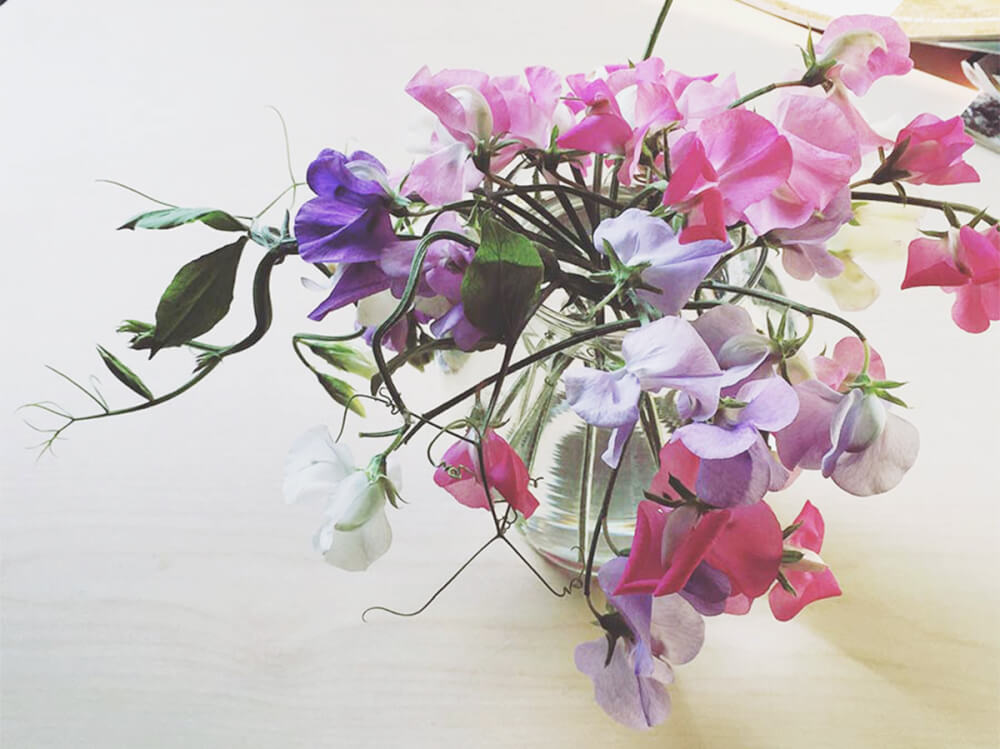The Victorian Floral Sensation
__
Delightfully scented and coming in an array of gorgeous colours, sweet peas are yet another thing to thank Scotland for. For before Henry Eckford, a Scottish nurseryman, started breeding them, they were generally considered a rather insignificant affair.
But his work cultivating sweet peas led to a burst of popularity in the late Victorian era, and by 1901 he had bred 115 of the 264 cultivars available at the time. And it’s because of his efforts and expertise that we can enjoy the many stunning dwarf and climbing varieties that exist today.

Top Tips
-
Planting
- For best results plant mid-late autumn.
- Direct sowing — Prepare garden beds by weeding, lightly forking and mixing in compost and sheep pellets. Plant each seed to a depth of 25mm and leave 5-7cm between each seed.
- Seedlings — Buy seedlings or grow your own by filling a seedling trays with seed raising mix. Plant seeds to a depth of 25mm and leave 3-4cm between each seed. Grow in a greenhouse or relatively warm sunny spot.
- Water regularly, and once the seedlings are 3-5cm tall they are ready to plant out.
- Plant into garden beds or into a pot filled with container mix.
-
Provide support
- When planting climbing varieties some form of support is necessary. This can be canes arranged to form a wigwam, some sort of lattice, or even an old ladder. Keep plants tied to this structure with twine to help keep them upright. It’s generally easier to position the structure before planting.
-
Pinch out shoots
- Pinch the tips of your sweet pea vines to promote side shoots, causing more blossoms to form.
-
Pick the flowers!
- By regularly picking the flowers of your sweet peas you will encourage them to produce more flowers and you’ll have an abundance of delightful flowers to display indoors.
__
Words: Billy Aiken






